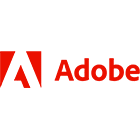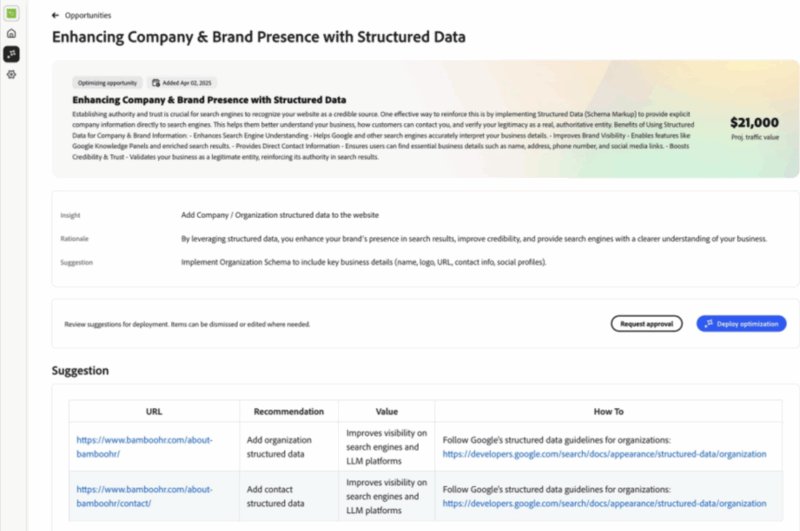
Adobe announced today Adobe LLM Optimizer, an enterprise application built to help businesses increase relevance in an environment where consumers embrace generative AI-powered interfaces to find and engage with brands.
The shift to AI-powered interfaces is real. Adobe released data from its Adobe Analytics platform showing a 3,500% increase in traffic to U.S. retail sites and a 3,200% increase to U.S. travel sites from generative AI sources from July 2024 to May 2025 (measured by users clicking on a link).
Adobe LLM Optimizer lets businesses monitor AI-driven traffic and benchmark brand visibility while providing recommendations to improve discoverability, engagement and conversion.
Adobe LLM Optimizer is available as a standalone application for any team. It is also natively integrated with the Adobe Experience Manager Sites content management system.
The tool is built to support the existing work of SEO leads, content strategists, digital marketers and web publishers, and includes tailored dashboards, workflows and alerts for each role.
It also supports enterprise-ready frameworks such as Agent-to-Agent (A2A) and Model Context Protocol (MCP), providing a path to integrate LLM Optimizer with third-party solutions and agency partners.
Dig deeper: How to get started with AI optimization (and explain it to your leadership)
Adobe says its LLM Optimizer will help teams:
Monitor and increase AI-driven traffic
Adobe LLM Optimizer can identify owned content (e.g., details on a website) and use it in AI-powered interfaces to answer user queries. That gives teams a real-time feel for how their brand is seen across browsers and chat services. Those teams can better understand relevant queries from customers and how their product offerings are showing up.
Side-by-side benchmarking allows teams to evaluate their visibility against competitors across high-value queries, identifying gaps in areas where their business should be more prominent. These insights can inform organizational processes in content strategy and more.

Optimize digital properties to improve discoverability
A recommendation engine will detect gaps in brand visibility and suggest improvements across both owned (web pages, FAQs) and external (Wikipedia, public forums) channels based on attributes prioritized by LLMs, including high-quality, informative content from authoritative sources.
Suggested changes can include technical fixes, such as:
- Non-production URLs being indexed.
- Pages returning 4xx (e.g., 404 page not found) or 5xx (e.g., 500 internal server error) codes.
- Missing/invalid page metadata.
- Building relevance around key topics (missing FAQ pages, pages missing non-branded or long-tail keyword opportunities or poorly translated content).
LLM Optimizer also provides project traffic value (presented in dollar amounts), allowing teams to better understand and prioritize optimizations projected to drive the greatest increase in visibility across AI-powered browsers and chat services.
Deploy changes with a single click
Teams can act immediately on the recommendations and deploy changes with a single click, including prescriptive code or content suggestions, without requiring extensive web production or development cycles.
Access to approved brand content and assets also ensures brand guidelines govern content optimizations.
Measure impact on business performance
An attribution capability connects AI visibility to user behavior and business performance, enabling teams to demonstrate the impact across engagement, conversion and downstream traffic metrics. Out-of-the-box reporting allows teams to quickly share insights with internal stakeholders and leadership—making it easy to communicate business impact.
The post Adobe introduces LLM Optimizer to help teams improve AI search visibility appeared first on MarTech.
